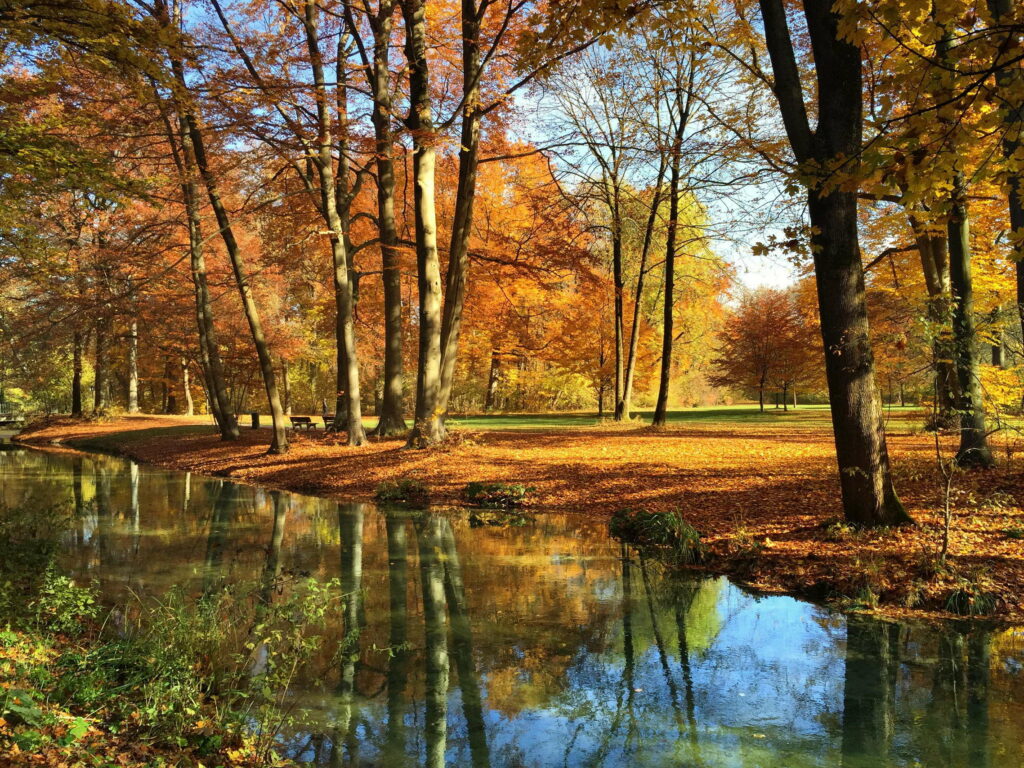We don’t just make food. Food makes us.
This is the wisdom behind the old maxim “Let food be thy medicine and medicine be thy food.” More recently, we are learning, or perhaps relearning, that food can also make us sick, as research into the detrimental effects of ultra-processed food is beginning to show its links to illnesses like diabetes, cancer, and depression. But what is missing from the equation is how our food ties us to time and place.
Consider the case of the maple trees and the people who have grown up around them. Growing up near the Canadian border gave me access to maple-everything — maple syrup, of course, but also my beloved maple candies and maple soda. But maples are more than what they produce. Maple “helicopters” mark the transition between the seasons. The trees offer shade in summer, and their bright red and yellow leaves are important harbingers of fall and the harvest season. They lighten the dreariness of winter with the sugaring that creates, among other things, maple syrup. Those of us lucky enough to live among them form unspoken bonds with trees we may not even notice until they are gone.

Perhaps most importantly, our relationship with maples has become a cultural artifact: growing and tapping trees remains a living tradition even today, when most of our other relationships with the natural world have withered away. And you can enjoy maples even far from the forests where most tapping takes place, since they dot a multitude of cities and towns, offering beauty and a connection to the natural world that can be hard to find in our own human-centered forests of concrete. In this, maples offer us all a way to shift away from a wealth centered approach to our environment to a more inclusive one.
The Ojibway author Staci Lola Drouillard recounts how the act of maple tapping and sugaring should be a sacred tie between past and present and the gifts we receive from our local ecosystem. In this, too, maples offer us something. A new way to build on a nearly lost traditional approach to our environment and our place in it. A return to the idea of a sacred ecosystem. Maybe even a sweeter one.
How to Get Your Own Maple Syrup
When the temperature is between freezing at night and thawing in the day, drill a hole three inches deep and at least three inches in diameter on the south side of a sugar maple tree. Insert spigot into the hole at an upright angle. Hang a food grade bucket from the spigot, or use a syrup bucket, which comes with a simple cover to deter squirrels and other curious forest folk. Allow sap to drain for 2-3 days. Gather. Boil until it looks like syrup.
Farmer’s Almanac has more precise directions.


